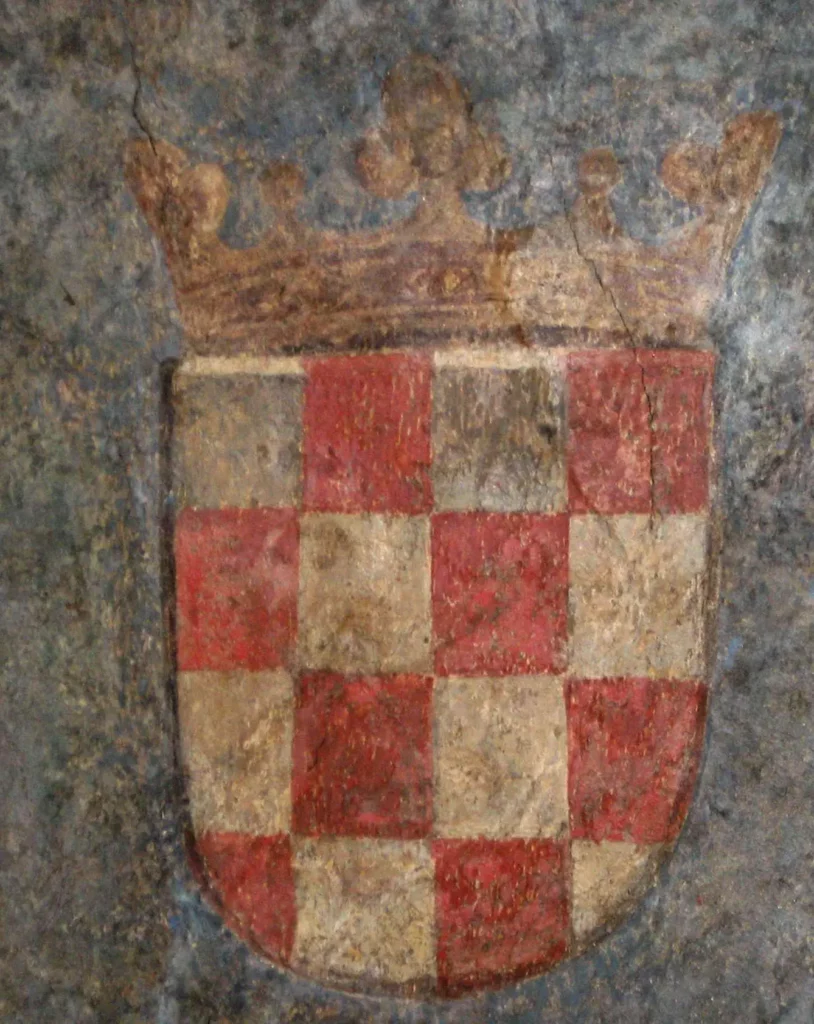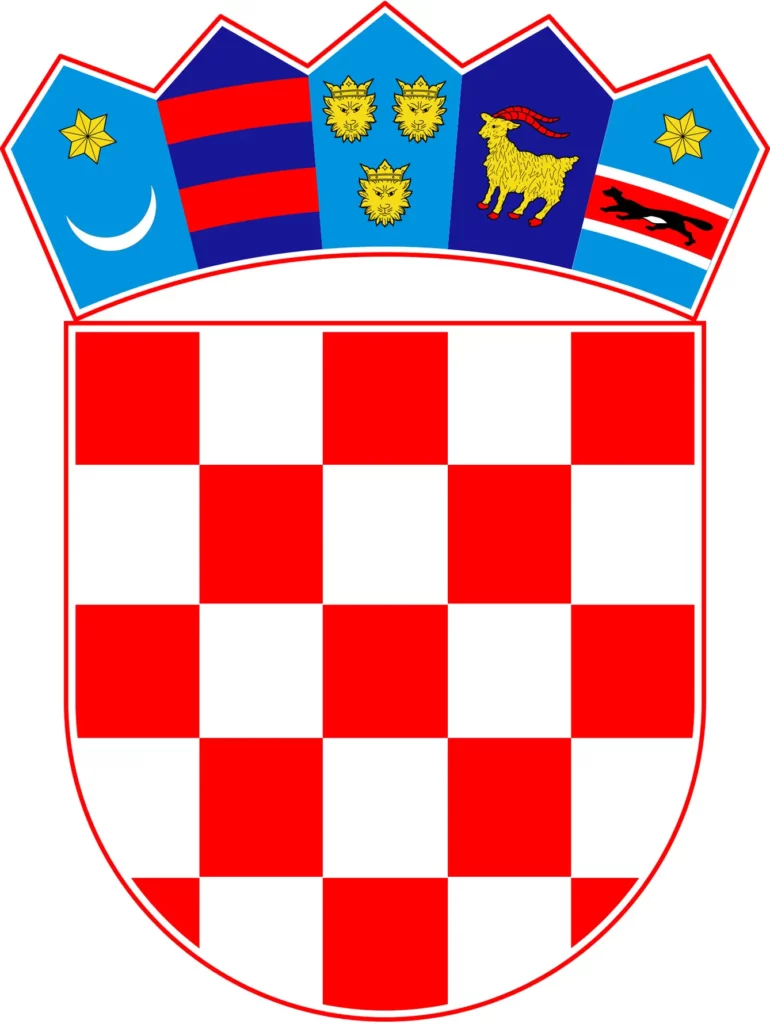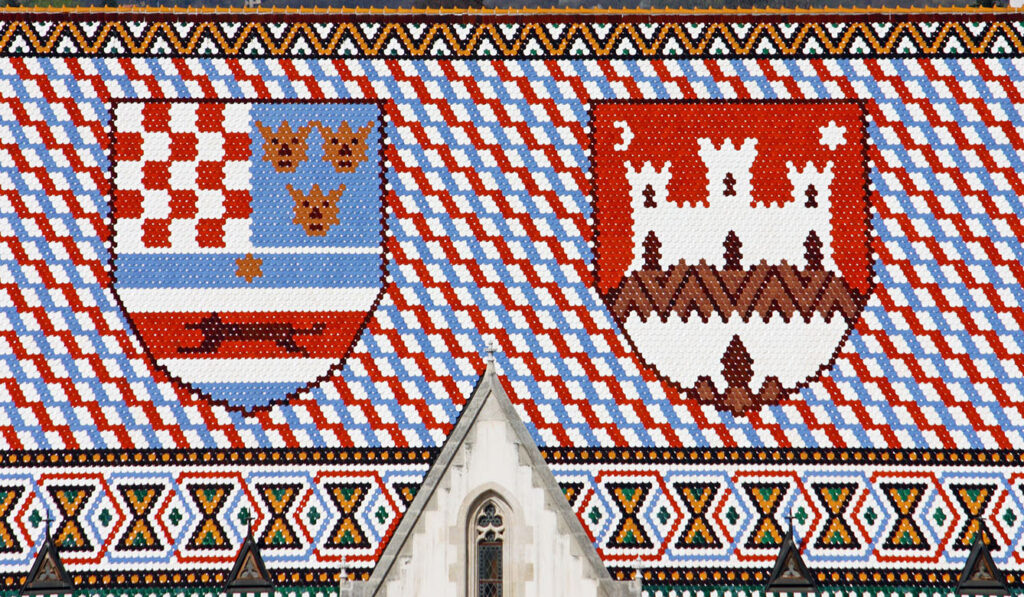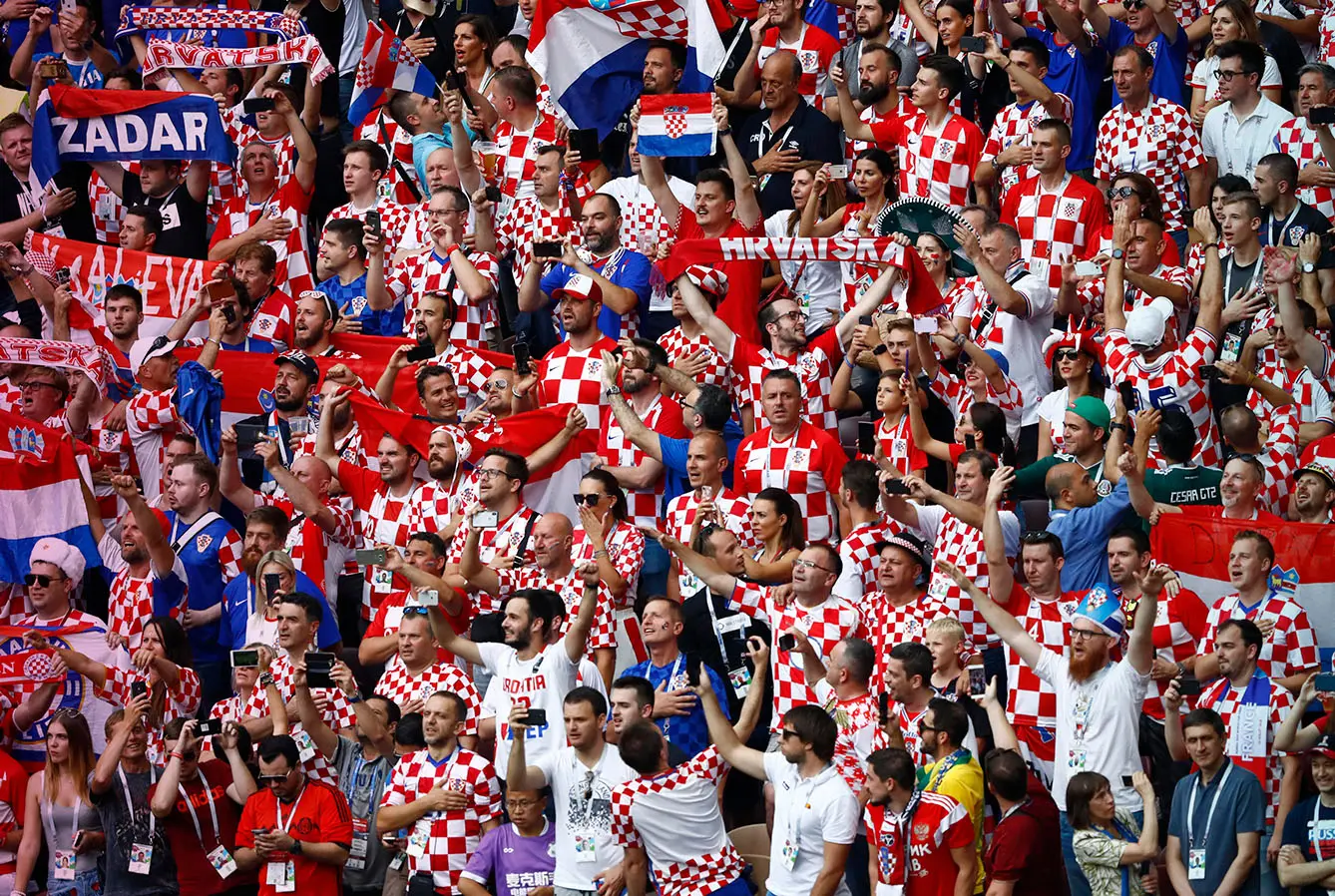There are several legends about the origin of the Croatian chessboard. However, the oldest and most famous is related to Croatia’s 10th-century King Stjepan Držislav, who was captured by the Venetians in their attempt to conquer the eastern coast of the Adriatic Sea.
The story goes that the king was an excellent chess player and had to defeat the Doge Pietro II Orseolo three times for his freedom. (*Croats have a long history of playing chess, given that the original settlers came from the area of Asia where chess was initially developed as a game.) After three victories, the king was released and began to wear chess squares on his shield to memorialize this event.
The two most likely versions of the legend say that either the king played with red chess pieces only on white squares or the chessboard itself had white and red squares.
The politics on chessboard
Apart from the Venetians, the Habsburgs also allegedly played a role in creating the Croatian chessboard. At the time of the Ottoman invasions in the 15th century, the Croatian nobility sent a letter to the Habsburg emperor Maximilian the First for help in the battles. The emperor responded with a letter of support for the Croats and called them the forerunner of Christianity.
In a metaphorical sense, the forerunner can also be considered a traditional brick fortress. According to this theory, the Croatian chessboard developed from the bricks of that symbolic fortress. In the Croatian Dalmatian regions, the bricks were white in color from limestone and autochthonous stone, and again some were reddened from blood in the battles between the Croats and the Ottomans.



That’s why Croatian knights would commonly adorn their shields with the emblem of a fortress with white and red bricks. Soon, the Austrian nobility and financial donors of military aid, in fear of Ottoman attacks, began to significantly value the Croatian army on the border of the Habsburg Monarchy. According to a legend, the military shield was adopted as the official coat of arms of the Croatian army. Croats thus accepted the chessboard as one of the national symbols, which guided them through the centuries and was one of the synonyms of their identity. At the beginning of the 19th century, during the time of the Croatian national awakening, thanks to Ban Jelačić, the chessboard of white and red squares was chosen as the Croatian coat of arms.
In 1990, after years of communist rule, Croatia returned the chessboard to its flag. Today, Croats are very attached to that symbol with a special bond fortified through the difficult Homeland War for independence. National sports have also played a major role in cementing the pattern, with Croatians proudly adorning their cars – and bodies – with the chessboard. It is now as ubiquitous in signifying that something is Croatian as the Union Jack is for the UK.







